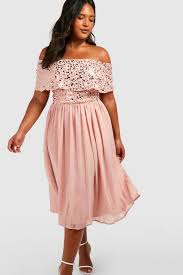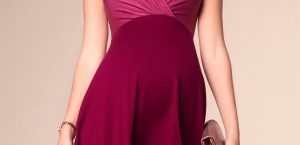Fashion is a dynamic art form that reflects the trends, values, and cultural shifts of a society. Throughout the decades, dress styles have evolved, taking inspiration from past eras while also embracing contemporary influences. In this article, we will explore the juxtaposition of classic and contemporary dress styles, examining how they have shaped fashion and continue to influence our sartorial choices today.
The Roaring Twenties:
The 1920s was a transformative decade for fashion, marked by the emergence of the “flapper” style. Women embraced shorter hemlines, dropped waistlines, and looser silhouettes, challenging the traditional notions of femininity. This classic style embodied a sense of rebellion and liberation, reflecting the changing social dynamics of the time. In contrast, contemporary fashion draws inspiration from the 1920s with modern adaptations, incorporating fringe, beading, and art deco elements into contemporary designs.
The Glamorous 1950s:
The 1950s witnessed a return to a more feminine and glamorous style after the austerity of World War II. Classic styles such as the full-skirted “New Look” and the elegant sheath dress became iconic during this era. Women emphasized their hourglass figures with nipped-in waists and voluminous skirts, exuding a sense of elegance and sophistication. Today, contemporary fashion references the 1950s with retro-inspired designs, featuring high-waisted skirts, polka dots, and tailored silhouettes.
The Bohemian 1970s:
The 1970s embraced a carefree and bohemian style that celebrated self-expression and individuality. Flowing maxi dresses, flared pants, and vibrant prints were iconic to this era. The classic bohemian style was influenced by the counterculture movement and reflected a sense of freedom and nonconformity. In modern fashion, contemporary designers draw inspiration from the 1970s, incorporating bohemian elements such as floral prints, fringe, and wide-leg pants into their collections.
The Minimalist 1990s:
The 1990s witnessed a shift towards minimalism and simplicity. Clean lines, neutral colors, and understated elegance defined the classic 90s style. Grunge fashion, popularized by bands such as Nirvana, introduced a rebellious and anti-establishment aesthetic, characterized by ripped jeans, flannel shirts, and oversized layers. Contemporary fashion pays homage to the 1990s by incorporating minimalist designs, monochromatic palettes, and the revival of grunge-inspired elements in a more polished and refined manner.
The Eclectic Present:
In the present day, fashion has become more eclectic and diverse than ever before. Classic styles continue to influence contemporary fashion, with designers often reinventing and reinterpreting iconic looks from the past. The fashion landscape embraces a mix of classic and contemporary elements, allowing individuals to curate their personal style by blending timeless pieces with modern trends. The present fashion scene encourages self-expression, individuality, and experimentation.
Fashion is a rich tapestry that weaves together elements from different eras, creating a continuous dialogue between the classic and the contemporary. Each decade has left an indelible mark on the fashion world, influencing our understanding of style and aesthetics. By exploring dress styles through the decades, we can appreciate the evolution of fashion and how it continues to shape our sartorial choices today. Whether we embrace classic styles that exude elegance and sophistication or gravitate towards contemporary trends that reflect our ever-changing society, fashion remains a powerful form of self-expression that allows us to showcase our individuality and celebrate the diverse tapestry of style.







Leave a Reply